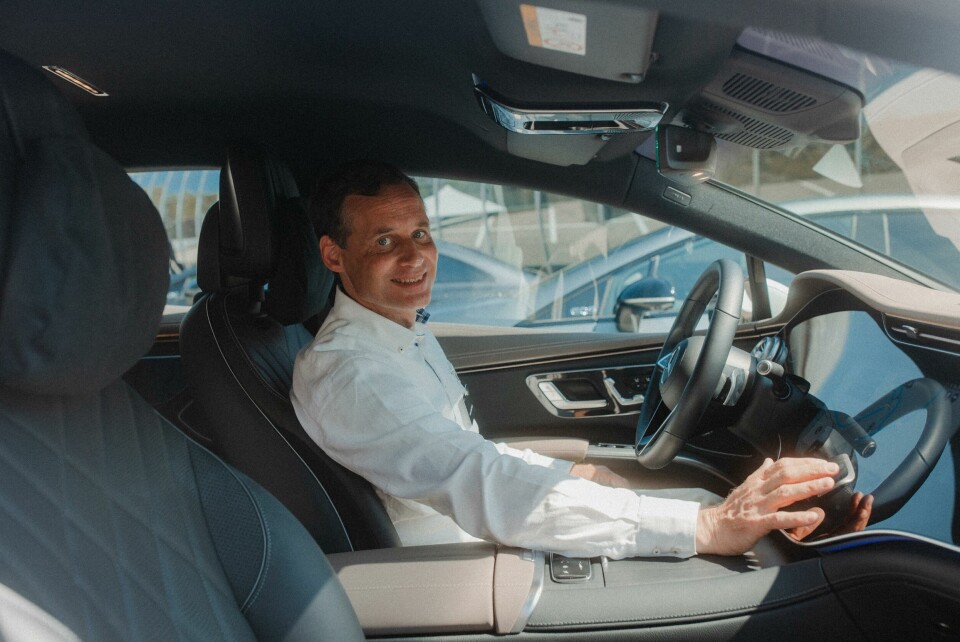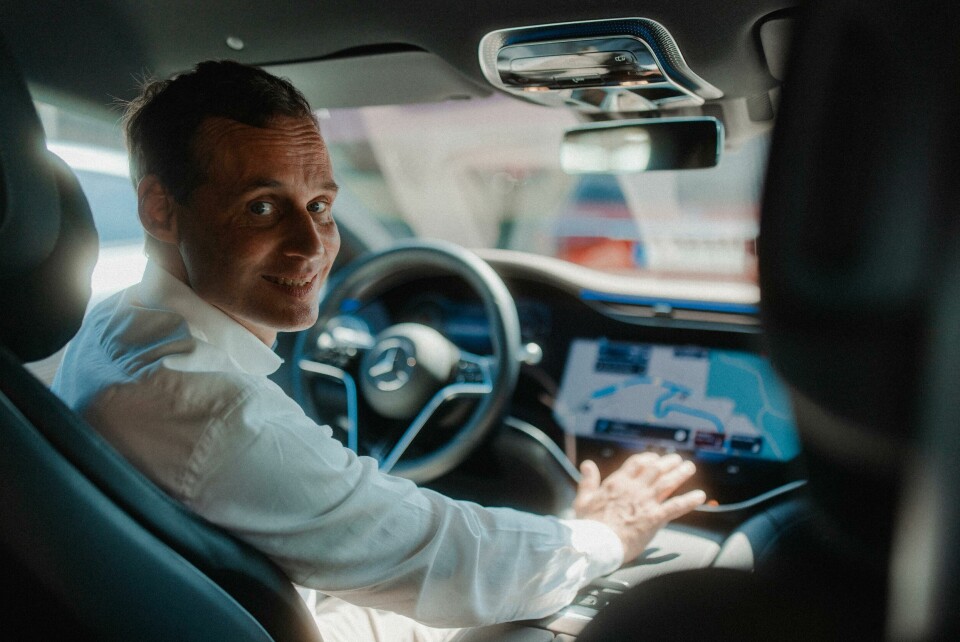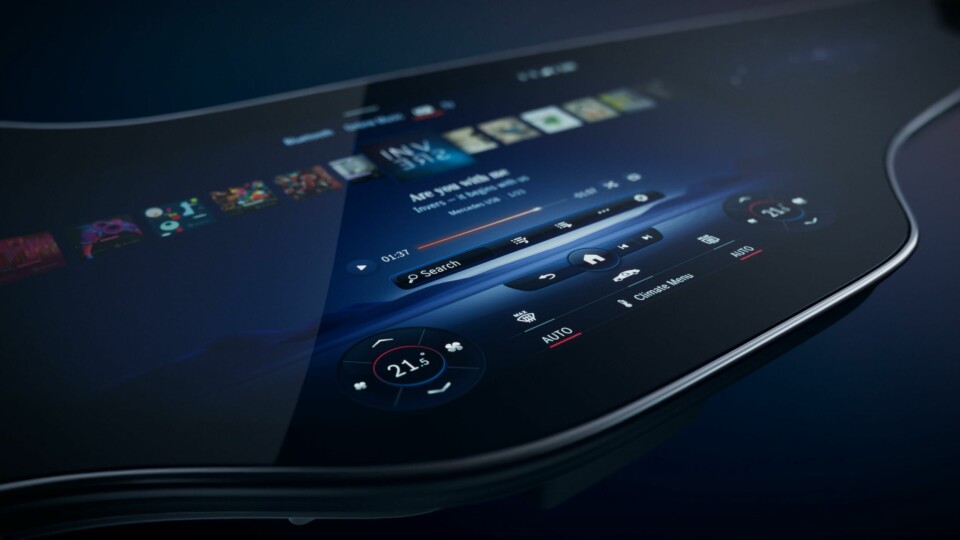
In defence of big screens: Merc UX design boss fights back
Mercedes director of UX design, Klaus Frenzel likes big screens and he cannot lie. And he tells Car Design News why (among other things)
Few elements of car design have come under such scrutiny as the the screen, with opinion divided as to the merits and drawbacks of a UX focused around the ‘black mirror’. German OEM Mercedes-Benz has led the case for the screen, launching ever more expansive iterations. Car Design News caught up with Mercedes’ director of UX design Klaus Frenzel to discuss his take on this controversial subject.
Car Design News: When did Mercedes UX design become its own department?
Klaus Frenzel: In 2015 we founded a complete centre. Before Human Machine Interface design [he pronounces the words slowly and with a small chuckle, suggesting the term no longer fits the scope of what his team does] was part of the interior department. It started with a small team – 40-50 people – but now it’s nearly twice as many worldwide. The number changes nearly every day. We have departments in Sindelfingen, Germany, that’s the main hub and also Shanghai, China and Carlsbad, USA. The Shanghai studio does Asia-specific specifications, like air quality and language. We also collaborate with Shanghai on navigation, because it’s the most complicated there, with sometimes 10-20 routes at different levels. I say if a navigation system works for China it will work for the rest of the world as well, regarding its intuitiveness and complexity.

CDN: Do you think there is a danger UX can ‘jump too far’, taking over too many functions and making the experience over-complex?
KL: If you ask a designer they will say it’s not possible to ‘jump too far’, but of course the safety and function must really work. Luxury begins with design that definitely works. Then it’s a case of user interface or interaction (UI), because in most cases, things don’t work, not because they are broken but because the user simply doesn’t know how to interact with them. It can be dangerous within a company when developing these things, as staff might think all their customers will be able to understand, because they’ve worked on it for years. They cannot imagine anyone not understanding. But if you fly to another city and jump into a rental car, you should be able to start the car in 20 seconds and know how to interact with its most important use cases.
CDN: What UX experience from non-auto industries do you admire?
KL: Digital art is impressive to me and interior design in stylish modern hotels – especially the lighting – and interior architecture in general. Two poles: one artistic, one more functional.
CDN: Is good UX harder to do, as it always seems to be the last thing in the car to be finished, because it needs to be up to date?
KL: It is tricky, but that’s why we create a lot of advance prototypes. We have target displays and implement them in test cars before the car is ready. The UX design process is often separated from the rest of the car. UI design is usually not specific to one car. We do UX for all cars. Of course, one car might have some specific features and screens, but basically it’s the same system. We do not create the UI just for one car, but as a separate generation, so there is a process of successive car designs and separately the UI design.

CDN: Which other departments do you report to? Interior, engineering, both?
KL: All of them. The UI engineers are our main partners on one side, and on the other side it’s mainly [global head of Mercedes interior design] Hartmut Sinkwitz. If the UX relates to a grille, it would be [global head of Mercedes exterior design] Robert Lesnik, but mainly it’s Hartmut. These two groups work very closely together so whenever Hartmut’s people think about a new interior they think about screens. We look at that together to make sure that in the end it’s one product. And the bigger the screen becomes, the more chances there are to work together, and very intensively.

CDN: What’s on your wish list now you’ve gone full-width with Hyperscreen?
KL: On my wishlist is the best combination of system interaction. Many people want to know, ‘is the future, touch, screen, voice, gesture?’ And I say, ‘the future is the best combination of all of these, because for each type of interaction you might need another. For example, if you can’t touch, you might need voice.
CDN: Does your private UX life mirror your work preferences? Mercedes chief design officer Gorden Wagener has a very big TV at home. What about you? Do you like pulling physical levers and pushing buttons as well?
KL: No, I like big screens. The screen is a like a playing field, the bigger the screen the more you can do. The visual part is not all of it, the rest is beyond the screen. It’s the combination that makes the difference. Just a big screen delivers no experience. If you watch a movie without the sound, suddenly the film is kind of dead, even though the screen is the same. Everything together delivers the holistic experience.



